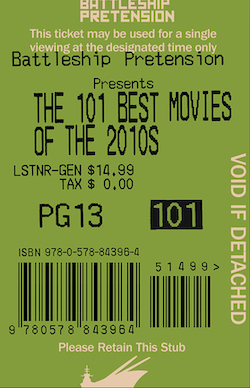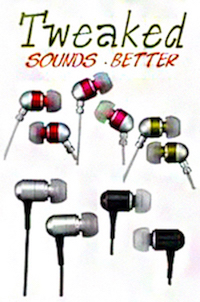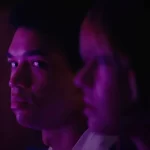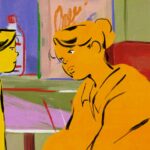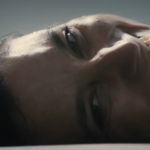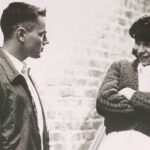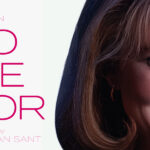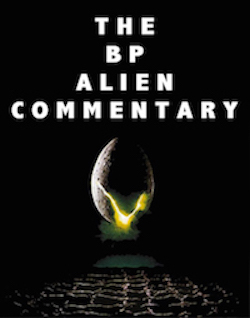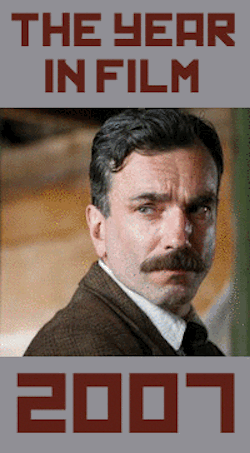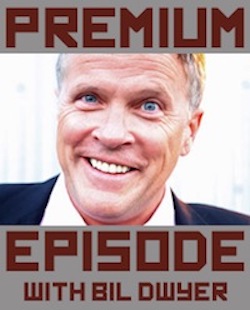The Hottest August: Summer in the City, by David Bax
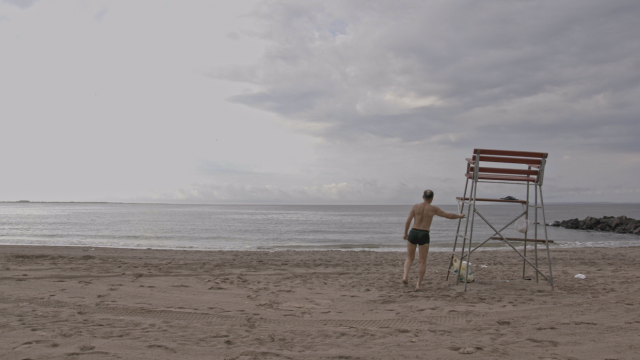
There’s an anthropological conceit to Brett Story’s documentary The Hottest August; despite being filmed in August 2017 (actually tied with 2015 and 2019 for second hottest August ever; 2016 is the prizewinner), the narration frames the events historically. Everything is referred to in the past tense, as if this were being watched by generations yet to be born. With this approach and the film’s preoccupation with climate change, Story hints at something dire. We may not have much future left. Those generations may never come. If, somehow, they do, though, they may marvel at The Hottest August and wonder how we were all so calm.
Every day in August 2017, Story took to the streets of New York City, with an apparent focus on the outer boroughs, and asked the people she met some variation on the question, “How do you feel about the future?” Many of the interviewees responded with thoughts about climate change but just as many didn’t, talking instead about their personal hopes and prospects. Story doesn’t damn these folks for their self-interest. On the contrary, she suggests some nobility in the very American sense of individualism that prevails even as, on TVs in the background, floodwaters rush through Houston and neo-Nazis march through Charlottesville, one of them murdering Heather Heyer with his car. Story’s admiration, though, is diluted by her fatalism. Optimism is respectable but she’s not here to pretend that it or anything else is going to save us.
By the end of The Hottest August, you will probably feel, as Story seems to, that the word “future” has become a terrifying one, inextricable from climate change. It will be impossible, if it isn’t already, for you to think about what’s on the horizon in politics, art, sports or any other area of interest without contemplating how it will be affected or destroyed by our warming atmosphere. But most Americans, including a large portion of the New Yorkers interviewed by Story, survive and hold onto their sanity by not thinking about it. For every occasional innovative thinker—like the man who embraces automation in the assumption that it will lead to something he calls “robot communism”—there are scores of people who cling to traditional structures of future-planning. Two separate interview subjects invoke the basic notion that, upon adulthood, one must only decide among military, school or work.
It probably would have been for the best if Story let the people on camera do all the talking. The Hottest August is punctuated with occasional passages of voiceover by the director that literalize—and therefore simplify—her anxieties and motivations. Nothing she says is wrong but these sections read like journal entries and their inclusion is self-indulgent.
Story’s voiceover is especially unnecessary given how much she’s able to say with her camera alone. The Hottest August is shot with a rigorous discipline of single take medium shot interviews interspersed with more elegiac pieces of wordless montage. Story’s eye for visual metaphors is so sharp that you’d almost suspect some of these shots were staged.
One of the most powerful of these metaphors comes late in the film when we see a group of people orderly abandoning a rollercoaster that’s stalled at the top of an incline. They hold each other’s hands and walk calmly down the stairs alongside the track. Like the people who call into New York City’s 311 line—the call center is one of the locations Story visits—they are aware there’s a problem but they are not panicking. The Hottest August shows us the dignity in that but suggests that panic is what’s actually called for.












